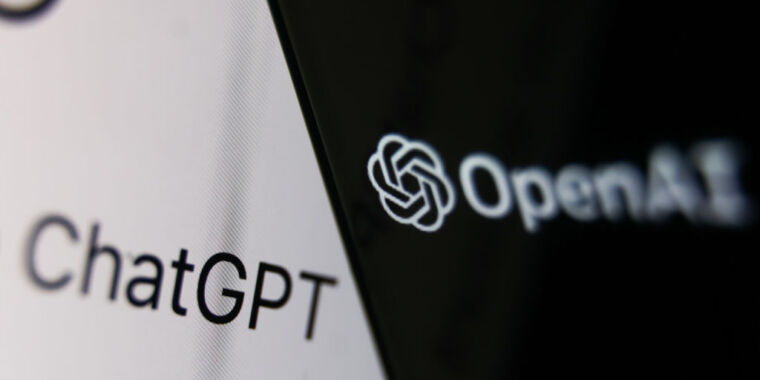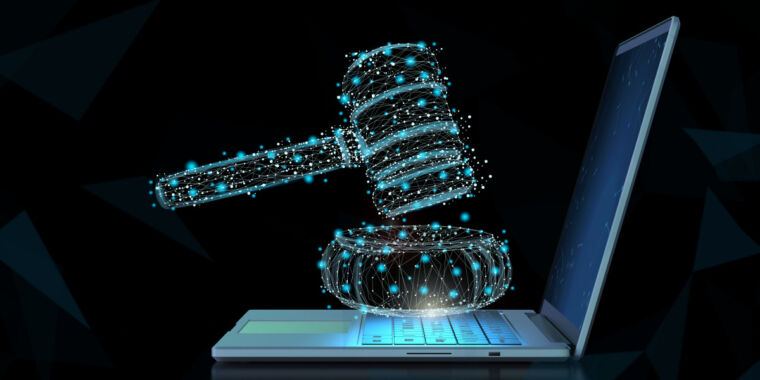
Mui
First came the specification, then the release, and then CES 2023—it has been a busy few months for Matter, the smart home connectivity standard. You can’t quite fill your home just yet with Matter-ready devices, but there are some intriguing options in development. Here’s a look at some of the most practical, quirky, and viable gear coming soon (or soon-ish).
Some parts of Matter are already here
If you wanted to start your smart home off fresh this year with a focus on Matter-powered universal compatibility, you already have a couple pieces of the puzzle ready for you. Let’s go bit by bit, starting with your phone.
Your phone, whether iOS or Android, can scan the QR code or read the Bluetooth signal of a Matter-certified device. Most platforms support adding devices to a controller through an Android app, but only Apple’s HomeKit and Samsung’s SmartThings have support for iOS device enrollment. Amazon has said it plans to add iOS enrollment for Thread-based devices this spring but already supports devices over Wi-Fi.
Your controller, the app, and the ecosystem that collects some or all of your Matter devices and lets you read or manipulate them are also likely ready. Amazon’s Alexa, Google’s Nest and Home devices and apps, Apple’s HomeKit, Samsung’s SmartThings, and open source systems like Home Assistant already support Matter devices.
Matter devices can communicate over Bluetooth, Wi-Fi, or Thread. If you’re looking at Thread devices, some of your existing gear might already work as a Thread “border router,” or range extender. These devices already have Thread baked into them:
- Nest Hub, second generation and Max
- Nest Wifi and Wifi Pro routers
- Apple TV 4K (second gen and newer)
- Apple HomePod Mini
- Nanoleaf Shapes, Elements, and Lines panels
- Eero mesh routers, Wi-Fi 6 and newer
Amazon plans to add Thread border router capabilities to its fourth-generation Echo devices in spring 2023.

Actually using Matter right now is very wonky
The bold among us can, technically, scan a precious few Matter devices and add them to a Matter-capable controller with a Matter-enabled phone. Can, but probably should not: It’s not a very smooth process at the moment, and you could easily lose devices or routines from existing setups.
Kevin Tofel, writing for the Stacey on IoT blog, tried in mid-December to add an Eve Energy Smart Plug and an Eve Motion Sensor to a Google Nest Hub with an iPhone 12 and a Google Pixel 7 running their latest OS versions using the Google Home app. He eventually reached a point where both devices—previously HomeKit-only—were accessible through both Apple’s and Google’s smart home systems.
To get there, however, Tofel had to print or save a copy of a new Matter QR code for his Eve plug and sensor. He then tried to add the plug through the Eve and Apple Home apps, but they wouldn’t take. The Google Home app did add the Eve sensor, and then after that, Apple Home and Eve could also add it. Tofel had to factory-reset the plug before it could be added to all his apps. And he had to re-add an automation he set up in the Eve app because it was no longer attached to a known device.
You’re better off waiting for devices built with Matter in mind from their very design. That wait should be just a few months if manufacturers stick to their announcements.








